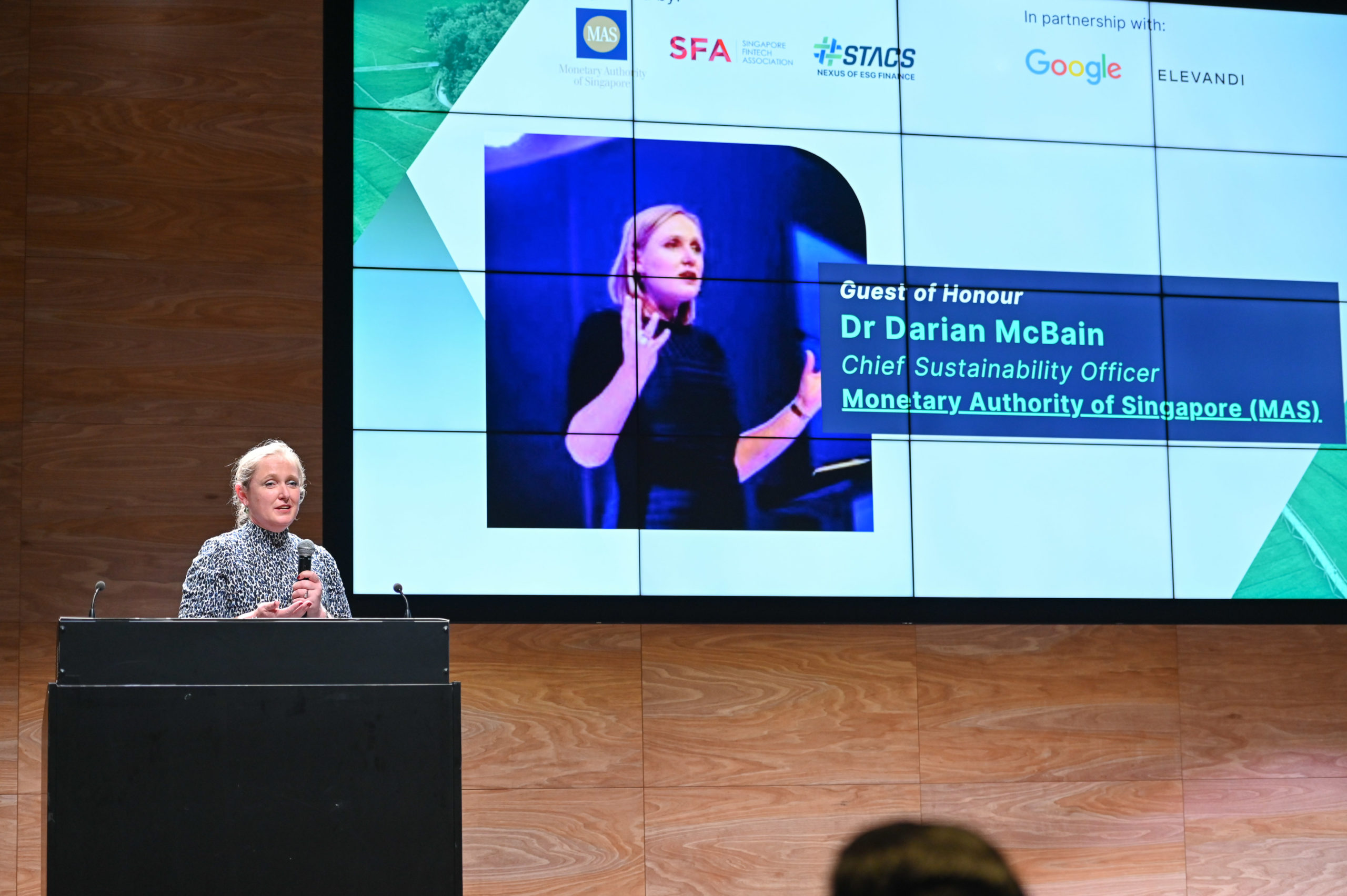Why data remains the biggest ESG investing challenge for asset managers

It’s becoming crystal clear that for the finance industry to make good decisions in terms of capital allocation to environmental, social, and governance (ESG) assets, we will need to improve transparency and trust at the data level.
Asset managers are getting savvy to the need for better screening and scoring of everything in the ESG universe, as well as understanding the data they are receiving from ESG data providers while using more of their own analytics capabilities to project out into the future.
One of the remaining challenges is an over-reliance on publicly available non-financial ESG data, with what’s available in the private sector typically far more fragmented and non-transparent, making it hard for institutions and asset managers operating in private markets when it comes to ESG screening.
Financial market modeling needs better ESG data
In addition, there is a lack of real-time ESG data, with much of it being historic in nature due to reporting happening once or, at best, twice a year.
As capital allocation decisions are based on complex models that make assumptions on future outlooks based on present data, this lack of transparency around ESG data makes it very difficult to accurately predict the future in these areas and therefore to be effective capital allocators.
In particular, we have observed that large asset managers are at more of a disadvantage versus banks and insurers who are more likely to have confidential/non-public data available from their expansive customer bases.
However, with much of today’s asset allocation being done by the large asset managers such as BlackRock and Vanguard, who between them manage nearly $20 trillion in assets, it is clear the ESG data situation could lead to some less-than-optimal capital allocation decisions.
Truly efficient markets need gold data standards
This, potentially, undermines the very idea of efficient markets as more and more investments are being screened for ESG criteria using sub-optimal data.
Beyond just the accessibility of data, there is another headache on the horizon: no “single source of truth”, something the blockchain was originally created to help address.
We believe there is an opportunity for STACS to become an upstream data partner to the ESG ratings agencies, many of whom are also grappling with the challenge of a lack of public data and single source of truth but whose clients (the asset managers) are looking to them to help solve.
An analysis of 62 of the largest asset managers worldwide found that most use between two and five different ratings providers and some even use up to 10 different third-party vendors to cover their ESG data needs, according to EY.
Alternative data sources will become increasingly important in the desired goal of reliable real-time ESG data through technologies such as satellites and drones that offer insights into supply chains, production (i.e. agriculture), and transportation networks.
ESGpedia – Enhancing Trust in ESG Data and Finance

Dr Darian McBain, Chief Sustainability Officer of MAS, was the guest of honour at the Project Greenprint industry showcase event, where ESGpedia was launched
ESGpedia by STACS, officially launched on 18 May 2022 at the Project Greenprint Industry Showcase event held at Google, powers the ESG Registry of Monetary Authority of Singapore’s (MAS) Project Greenprint. Read the Press Release here.
Serving both financial institutions and corporates, ESGpedia aims to provide two gold standards for asset managers: that single source of truth we have been talking about, as well as holistic ongoing project data that is both trustworthy and transparent, shining a light on both public and private companies.
Benjamin Soh, Managing Director at STACS, said: “There’s a profound disconnect between the ESG data financial institutions and companies need, and what is available to them. First of its type, ESGpedia aggregates all ESG efforts, bridging the gap in ESG data and finance where there is no other such platform today.”
Dr Darian McBain, Chief Sustainability Officer at MAS, said, “The launch of the blockchain-based ESGpedia platform establishes a robust base for powering the Greenprint ESG Registry, combining STACS’ work on aggregating high quality ESG data from multiple certification bodies and verified sources, with the ability for financial institutions, corporates, and regulators to access this trusted data via a single source in accordance with their needs. In time, data housed in the Greenprint ESG Registry will form a central pillar that underpins the financial sector’s effective mobilisation of capital towards sustainable projects, as well as the accurate tracking and quantification of emission reductions, abatement levels, and other sustainability KPIs linked with these projects.”
Companies going green need easier access to ESG financing, while financiers with idle capital can leverage on more insightful data to better allocate funds to ESG effectively.
We invite financial institutions and corporates large and small to get in touch with us if you’re interested to navigate the opportunities in going green via ESG data and technology – only together we can make good progress towards solving the ESG data puzzle and truly enable effective sustainable finance for the industry.
PRESS CONTACTS
If you are a journalist with media queries, contact us.




